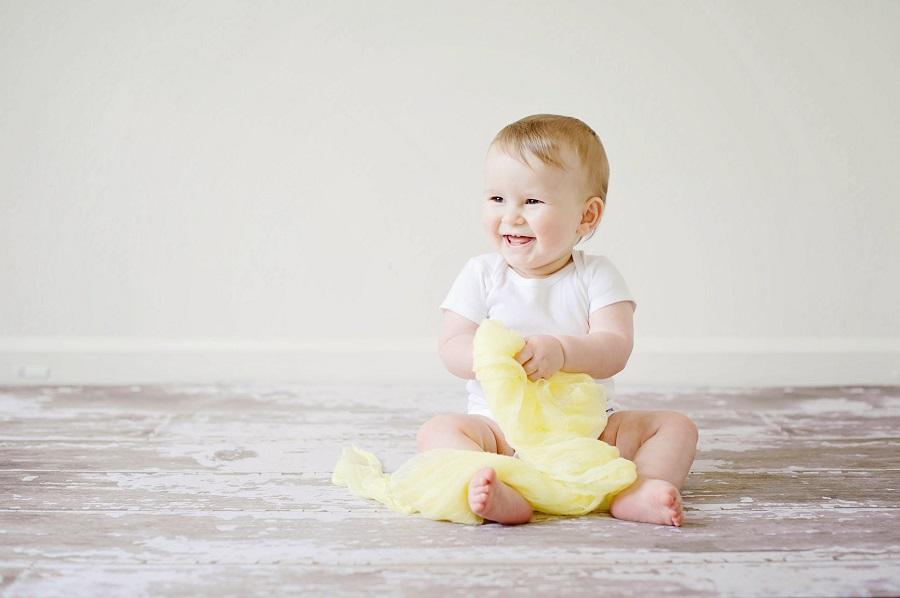Navigate your child's teething journey with confidence; discover essential tips on caring for baby teeth and ensuring a brilliant smile for life
Your infant’s gummy smile is undoubtedly adorable, but imagine it brightened by the emergence of their first tiny teeth! This significant milestone in your baby’s growth journey is just around the corner. To facilitate their lifelong dental well-being, it is essential to know about the initial set of teeth and how to maintain them from infancy to preschool age.
When can you expect the first infant teeth?
Infant are born equipped with a full set of 20 primary teeth nestled in their jaws. Around the half-year mark, you can anticipate the inaugural teeth to erupt, generally appearing in the lower front region.
The ensuing primary teeth will gradually emerge over time, with the majority being present by the time they celebrate their third birthday. By then, a balanced set of 10 upper and 10 lower teeth will have adorned your child's smile.
Alleviating Teething Discomfort
When new teeth start to push through, it's common for infants to experience sensitive and sore areas in their mouths. To help soothe this discomfort, you can gently rub their gums using a clean finger, a cool spoon, or a damp gauze pad. Offering a solid rubber teether for them to gnaw on can also provide relief. For safety reasons, stay away from teething rings filled with liquid or plastic teethers that can potentially break, forming sharp ends.
If teething leads to symptoms like high temperature, skin rash, or diarrhea, it is advised to consult with your pediatrician.
Do Cavities in Primary Teeth Require Attention?
While it might seem less important to worry about cavities in primary teeth given that they will eventually fall out, it is crucial to maintain their health. These teeth play a vital role in aiding proper digestion through chewing and facilitating clear speech, which in turn boosts a child's self-assurance.
Often termed "nature's orthodontics," primary teeth pave the way for the proper alignment of the adult teeth that begin to emerge around the age of 6. Ensuring these teeth remain cavity-free helps avert potential threats to the permanent teeth and reduces the distress associated with possible dental procedures to treat decayed teeth.
Essential Tips for Preventing Cavities in Baby Teeth
- Before the eruption of the first tooth, make a habit of cleaning your baby's gums with a damp cloth or gauze pad post-feeding.
- Once the primary teeth begin to show, brush them gently two times a day using a small soft-bristled brush and a tiny amount of fluoride toothpaste, no larger than a grain of rice. Initially, you will need to assist them, progressively teaching them the brushing technique as they grow up.
- When two teeth emerge adjacent to each other, introduce the practice of flossing to get rid of food particles lodged in between teeth and beneath the gums.
- Between the ages of 3 and 6, guide your child in learning proper brushing and flossing techniques, ensuring they clean all surfaces of the teeth. Encourage a routine of brushing for two minutes, twice a day, with a pea-sized amount of fluoride toothpaste. Flossing can be made easier for them with special tools designed for young users.
- Encourage your child to drink ample plain water, which, in many areas, contains fluoride to help prevent tooth decay.
- Monitor your child's diet rigorously to avoid foods and beverages rich in sugar, which can foster cavity-inducing bacteria. Be cautious of seemingly healthy options like fruit juices and specific snacks that have high sugar content.
